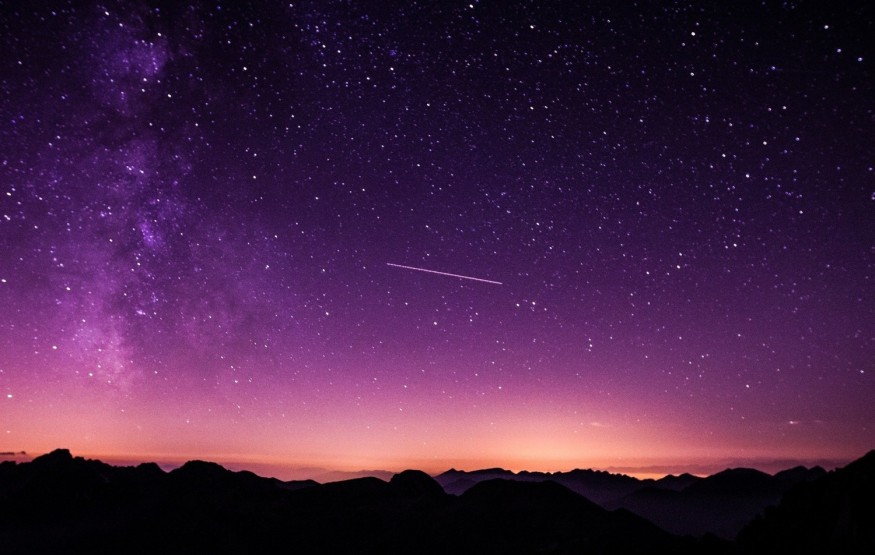
If you missed the Orionids meteor shower last month, or you were not able to catch one meteor during your "star gazing," then don't worry. The Leonid meteor shower will peak this weekend, November 16 and 17.
The Leonid meteor shower is active from November 6 to 30 and will peak in the late hours of November 17 until dawn, according to meteorologists.
The Leonids feature some of the fastest moving rocks of any shower, which travels at 44 miles per second. These meteors are famous for their brightness and color.
However, there will be fewer meteors visible in the sky than in prior showers due to natural light pollution from the bright waning gibbous - or nearly full - moon.
The American Meteor Society (AMS) said on its website that the Leonids are best known for producing meteor storms during 1833, 1866, 1966, 1999, and 2001.
The Leonid shower happens when meteoroids, small rocks, fall towards the Earth after tearing off from the Comet Tempel-Tuttle. These meteoroids would burn up and evaporate before hitting the Earth's atmosphere - causing a streak of hot air known as a shooting star.
Views are better when the Tempel-Tuttle comet - which takes 33 Earth years to orbit the sun - is closer to the planet. The next event will happen in about 15 years.
Meteoroids seem to originate from a single point in the sky to observers on Earth, known as the radiant since meteor showers all move on a parallel path, and at the same speed.
Leonid acquired its name from the radiant point where meteors appear to emerge from Leo constellation. The said meteor shower comes as a storm of meteors, with more than 1,000 shooting stars per hour every 33 years.
Researchers forecasted that stargazers would witness 2,000 meteors per hour in a Leonid storm in 2034.
Would Northern America enjoy seeing clear meteor showers this month?
AccuWeather said most people across Northern America would have clear conditions on Saturday night, allowing uninterrupted viewing of the Leonids. Areas from Ohio Valley through Gulf Coast and Atlantic Canada, as well as the southwestern and intermountain West, will enjoy the view.
Stargazers should look in a dark part of the sky away from the moon and any light pollution from nearby towns and cities to maximize the number of visible meteors
AccuWeather Astronomy Blogger Dave Samuhel said serious stargazers should dedicate at least an hour to enjoy the showers. "Do not look at any source of light - like mobile phones, flashlights, or any type of screen - during that hour to have a perfect night vision," he continued.
People may still witness few meteors from the Taurid meteor shower, which peaked earlier in the week and is known for its incredibly bright fireballs. Stargazers will need to wait another month for the next chance to see a meteor shower.
The next major meteor shower in the sky will be the Geminids in the middle of December. This is the strongest meteor shower of the year with 120 meteors per second.
© 2025 NatureWorldNews.com All rights reserved. Do not reproduce without permission.





